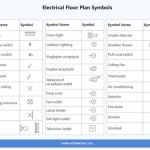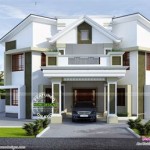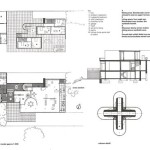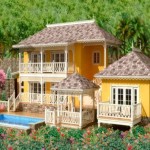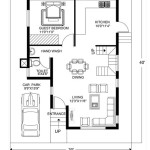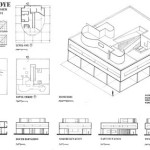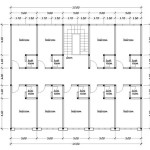Essential Aspects of Home Plans for Sloped Land
Designing a home on a sloped lot presents unique challenges and opportunities. To create a functional and aesthetically pleasing dwelling, careful consideration of various factors is paramount. Here are some essential aspects to keep in mind when selecting home plans for sloped land:
Lot Orientation and Elevation
The orientation and elevation of the lot will greatly influence the design of your home. Consider the direction of the sun, prevailing winds, and any existing views or natural features. Position the home on the lot to maximize sunlight and natural ventilation while minimizing exposure to adverse weather conditions.
Foundation Design
Sloping terrain requires a robust foundation that can withstand the forces exerted by the soil. Depending on the slope and soil conditions, different foundation types may be suitable, such as poured concrete, block walls, or pier-and-beam foundations. Proper drainage around the foundation is also crucial to prevent water damage.
Floor Plan Considerations
To accommodate the slope, consider designing a split-level or multi-level floor plan. This allows for different living areas to be located on different elevations, maximizing space utilization and providing natural transitions between levels. Additionally, incorporating windows and doors that capitalize on the slope can create dramatic views and enhance indoor-outdoor living.
Exterior Design
The exterior design of your home should complement the slope of the land. Terraced landscaping, retaining walls, and patios or decks can create visual interest and provide outdoor living spaces that seamlessly integrate with the natural terrain. Choose materials and colors that harmonize with the surrounding environment to enhance the overall aesthetic.
Drainage and Erosion Control
Adequate drainage is essential on sloped land to prevent water accumulation and erosion. Install gutters and downspouts to direct rainwater away from the foundation. Consider using French drains or storm drains to manage excess runoff. Retaining walls and erosion control measures, such as planting native vegetation, can further protect the slope and maintain the integrity of your property.
Accessibility and Circulation
Pay attention to accessibility and circulation throughout the home. Sloped land may require ramps, stairs, or elevators to ensure easy movement between levels. Plan for walkways and paths that are safe and convenient, especially during inclement weather. Consider incorporating outdoor seating areas or gathering spaces that take advantage of the unique perspectives offered by the slope.
Energy Efficiency and Sustainability
Sloped land homes offer opportunities for energy efficiency and sustainable design. By incorporating passive solar design principles, such as positioning windows and walls to capture sunlight, natural heating and cooling can be achieved. Additionally, consider using sustainable materials, water conservation fixtures, and energy-efficient appliances to minimize the environmental impact of your home.
Remember, when selecting home plans for sloped land, it is advisable to consult with a qualified architect or designer who specializes in designing for challenging terrains. Their expertise can help you navigate the complexities of building on a slope and create a home that harmoniously blends with its unique surroundings.

House Plans For A Sloped Lot Dfd Blog

Plan 51696 Traditional Hillside Home With 1736 Sq Ft 3 Be

Hillside House Plans With Garages Underneath Houseplans Blog Com

Hillside And Sloped Lot House Plans

4 Bed Sloping Land House Plans Country Home Exteriors Design

A Guide To Sloping Lot House Plans

Sloped Lot House Plans With Walkout Basements At Dream Home Source Unique Modern Architecture

Sloped Lot House Plans Down Slope The Designers

Building On A Sloping Block

Modern House Plans For Sloped Lots Fresh 29 Best Steep Slope Images On Sloping Lot Plan Contemporary

